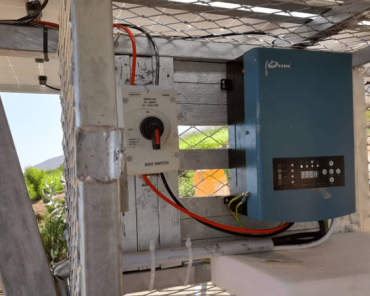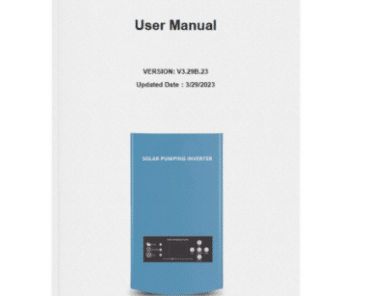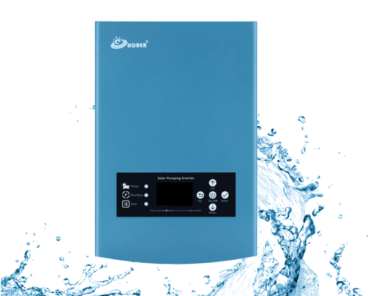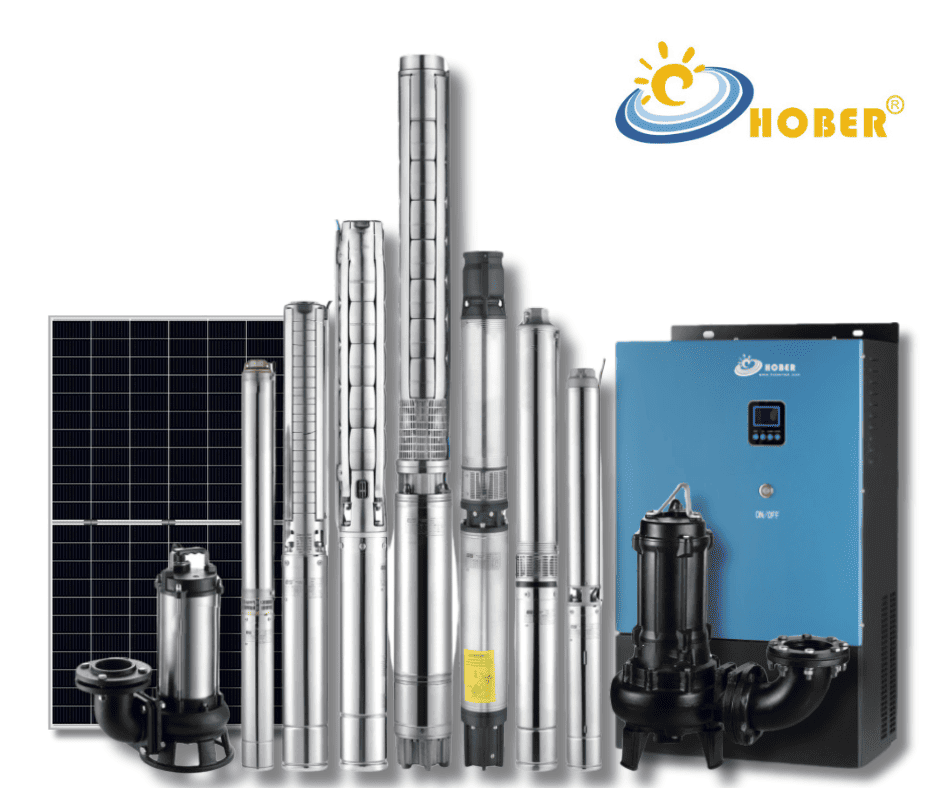Sizing a solar pond pump correctly is crucial for maintaining a healthy and lively pond environment. The main function of these pumps is to circulate water, which is integral for oxygenation and keeping the aquatic ecosystem thriving.
The size of the solar pond pump needed largely depends on the size of your pond, the amount of sunlight available, and the water circulation requirements. A thumb rule is to have a pump that can circulate half the pond’s water volume every hour.
Maintaining an active circulation is not only beneficial for the aquatic life but also for the overall aesthetics and health of your pond.
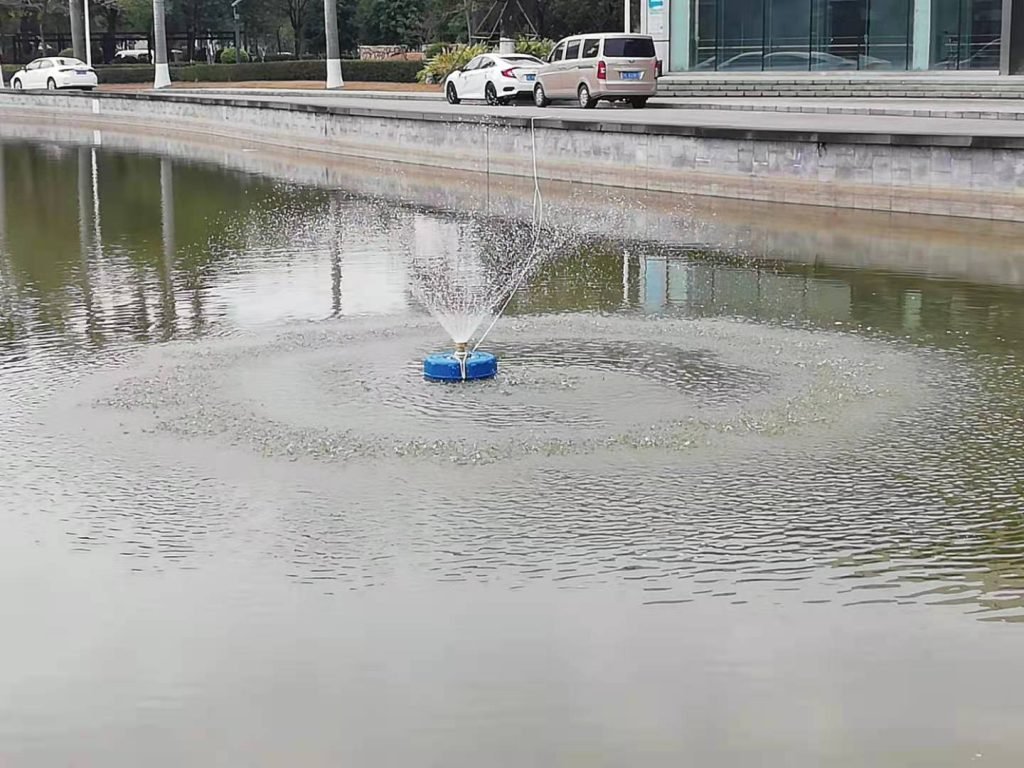
What Factors Influence The Size of The Pump?
- Pond Volume: Knowing your pond’s volume is the first step. Use the formula Length x Width x Depth to calculate.
- Sunlight Exposure: More sunlight means more power to your pump. Assess the sunlight availability in your area.
- Water Circulation: Desired water circulation rate impacts the pump size. Aim for circulating half the pond volume every hour.
- Filtering Needs: If your pond has a high level of debris, you may need a stronger pump to handle the filtration.
- Water Features: Waterfalls, fountains, or spitters require additional pump power.
- Fish Load: A higher fish load requires better circulation and filtration, demanding a more powerful pump.

Are There Different Types of Solar Pond Pumps?
Certainly, solar pond pumps come in various types and capacities. Different types of solar pumps.
- Submersible Pumps: Ideal for smaller ponds, easy to install but harder to maintain.
- External Pumps: Suited for larger ponds, require professional installation but are easier to maintain.
- Direct Drive Pumps: Offer more power, suited for ponds with high water features.
- Magnetic Drive Pumps: Less power but more energy efficient, suitable for smaller to medium ponds.

What Are The Steps to Size a Solar Pond Pump?
- Calculate Pond Volume: Get the exact measurements of your pond to determine its volume.
- Determine Sunlight Availability: Assess the amount of sunlight your location receives daily.
- Decide on Circulation Rate: Determine how often you want the pond water to be circulated.
- Consider Filtration Needs: Account for any additional filtration requirements.
- Assess Water Features: Include the power needs for any water features in your pond.
- Consult with Professionals: If in doubt, consult with a solar pond pump professional to get the right pump size.

Conclusion
Ensuring you have the right size solar pump for your pond is a blend of science and art. It’s about understanding the dynamics of your pond and marrying that with the technical specifications of solar pond pumps available. At HOBER, we pride ourselves on guiding our clients through this process ensuring they attain a harmonious balance between nature and technology.
Visit our website or contact our team to explore the range of solar pond pumps we offer, and let’s make your pond not just a sight to behold, but a thriving aquatic haven.

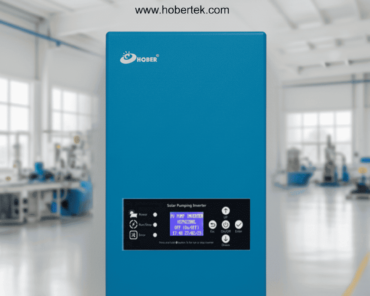
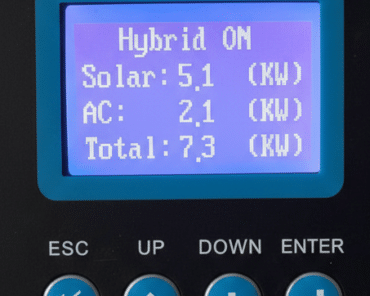
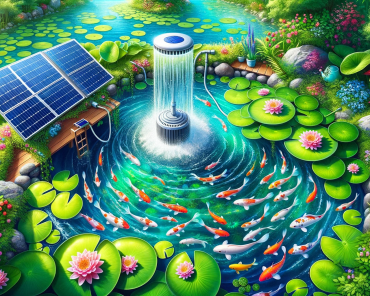
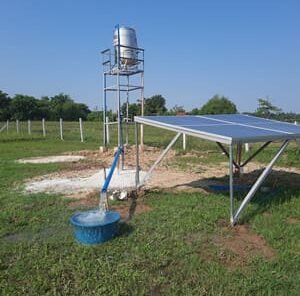
](https://hobertek.com/wp-content/uploads/2025/03/solar-pump-inverter-for-irrigation-efficient-water-pumping-solution-370x296.png)
